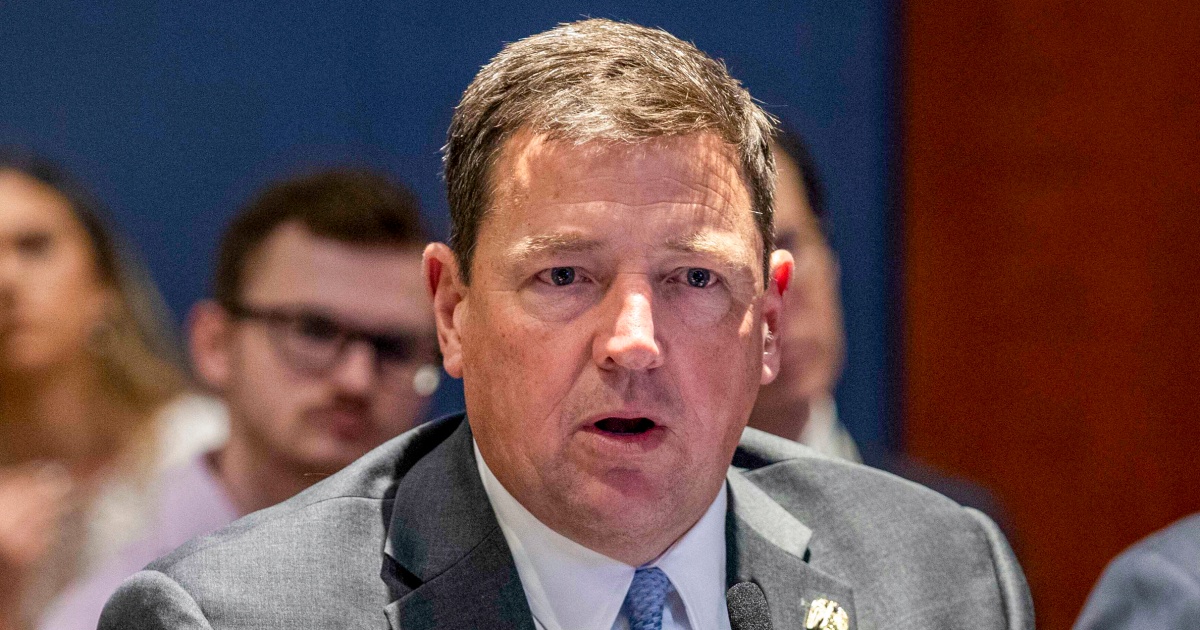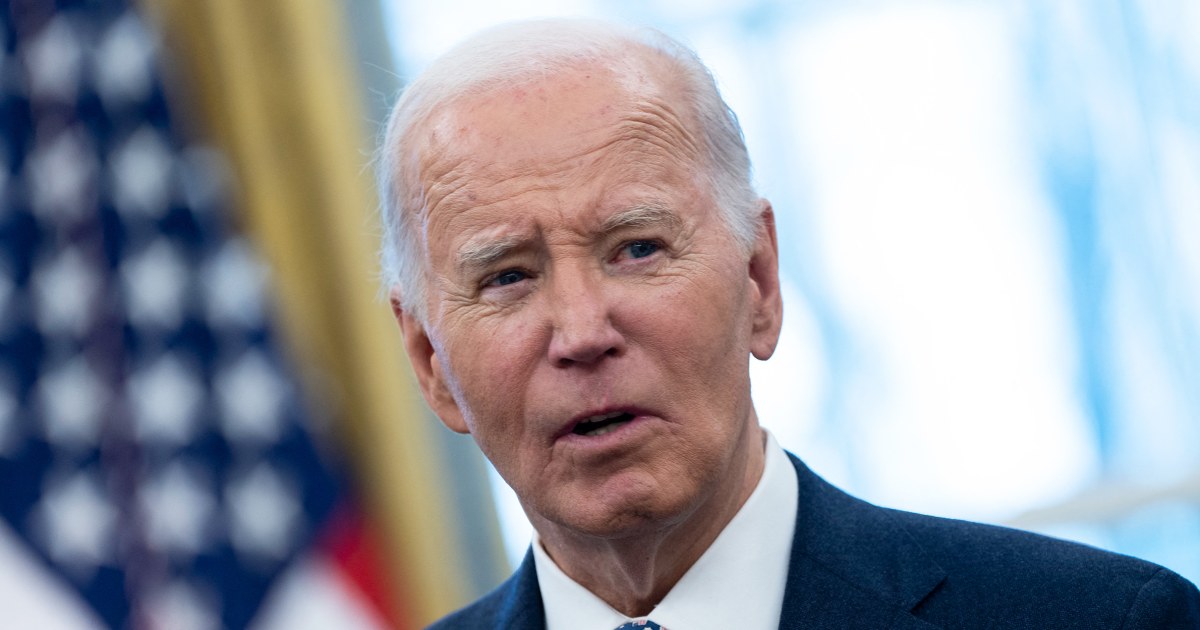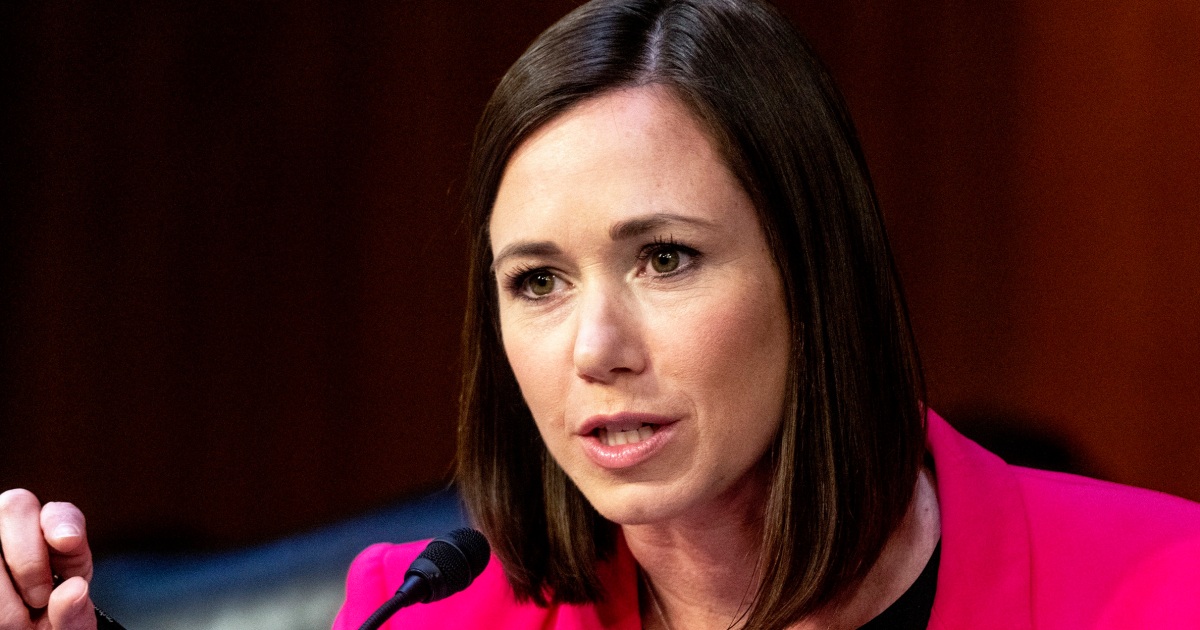
On Monday, US Surgeon General Dr. Vivek Murthy called on Congress to require a warning label for social media platforms. The move is intended to battle a rising crisis of mental illness and suicide among the nation’s youth. Such a label from the top federal authority on public health also has the potential to reduce dangers from a specific trend: the insidious marketing of guns to kids.
“Young people are biologically more vulnerable to social media influencers and advertising, and more likely to engage in impulsive and risky behavior,” Sandy Hook Promise CEO Nicole Hockley, whose six-year-old son Dylan was murdered in the 2012 school attack, wrote in a statement following Murthy’s announcement. “We stand with the US Surgeon General on requesting a warning label and demand bipartisan action to regulate the content that youth under age 18 are exposed to online.”
The promotional tactics that gun manufacturers and sellers use on social media were the subject of a recent report from Sandy Hook Promise, the gun-violence prevention group led by Hockley and other survivors of the 2012 tragedy in Newtown, Connecticut. The companies behind YouTube, Instagram, TikTok, and other social media have banned the direct sales of guns on their platforms. But as the report showed, that hasn’t stopped the firearms industry from promoting or amplifying gun content from high-profile figures who have sway with kids. As I reported last fall:
One example cited in the report is a January 2020 Instagram post from gun manufacturer Daniel Defense that features a photo of music star Post Malone showing off one of its AR-15-style rifles, the MK18, while standing in front of a bar stocked with liquor.
“MK18 got me feeling like a rock star,” says the Daniel Defense comment, appended with music and fire emojis and a handful of hashtags, including “#gunporn.”
The Daniel Defense post drew nearly 30,000 likes from Instagram users and remains online.
In May 2022, a similar type of firearm from the company produced a different kind of attention. The 18-year-old mass shooter who attacked Robb Elementary School in Uvalde, Texas, used a Daniel Defense AR-15-style rifle, killing 19 children and two teachers. The family of one of the fourth graders who died in the massacre sued the company, alleging that Daniel Defense targets “young male consumers” through its marketing on various social media platforms. (The company, which did not respond to my request for comment last fall, has called the lawsuit “frivolous” and “legally unfounded.”)
Online videos that kids watch, often delivered through social media algorithms, are another area of concern. According to one study highlighted in the Sandy Hook Promise report, YouTube serves up content glorifying assault weapons and offering instructions on everything from how to assemble rapid-fire mechanisms and “ghost guns” to shooting through bulletproof glass and acquiring firearms illegally. As I also noted last fall, the gun industry has favored aggressive marketing tactics for more than a decade, particularly as companies realized that vast profits could be made from the sale of increasingly popular AR-15-style rifles.
Surgeon General Murthy’s essay in the New York Times noted a recent survey showing that parents would be likely to limit or monitor their children’s social media use if the platforms carried a surgeon general’s warning. The utility is clear regarding gun violence: Since 2020, firearms have been the leading cause of death for children and teens in America, killing thousands each year. Shootings and threats of gun violence in schools have also escalated sharply—part of an ongoing national crisis that parents can play a greater role in stopping.















